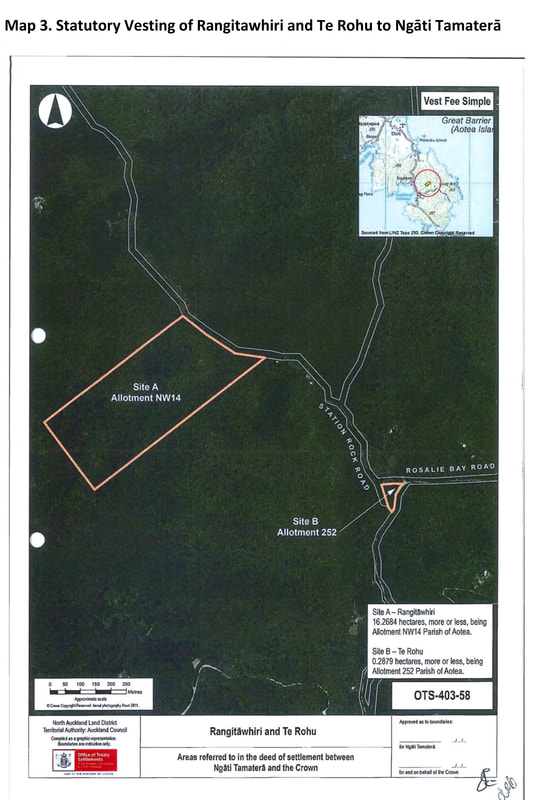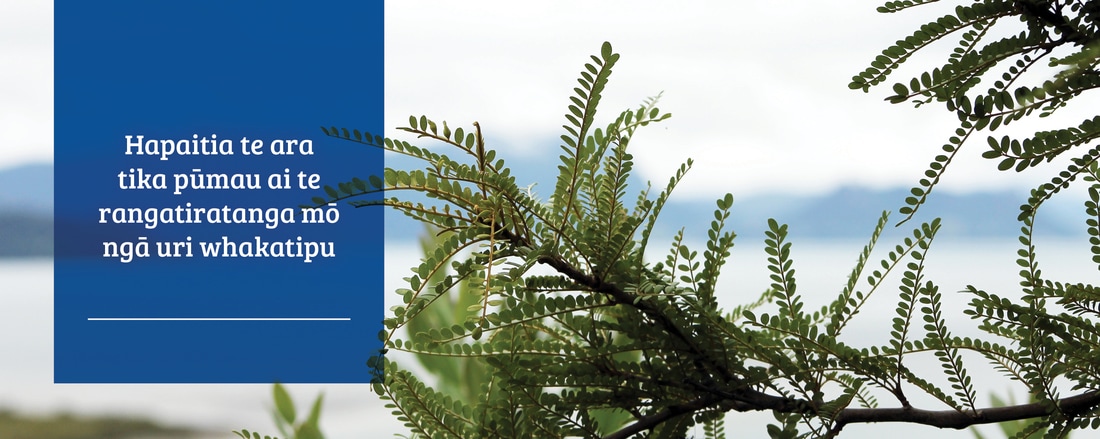Unresolved overlapping claims with Pare Hauraki – The Latest
Unresolved overlapping claims with Pare Hauraki – The Latest
- On the 2nd August 2018 the Crown proceeded with signing the Pare Hauraki Collective Redress Deed which sets the scene for significant redress within the Ngātiwai rohe, particularly around and on Aotea Great Barrier Island.
- Ngātiwai have not been involved in any discussions, negotiations or agreements with the Pare Hauraki Collective or their negotiators whatsoever, yet the Crown proceeded to sign the Deed.
- Ngātiwai have been seeking a tikanga based process on our marae to resolve the overlapping issues with iwi of Hauraki.
- Only three of these iwi met with us to discuss these issues; Ngāti Paoa, Ngāti Hako and Ngai Tai ki Tamaki. These were positive and all parties committed to further discussions to resolve these matters.
- Ngātiwai advised the Prime Minister, Jacinda Ardern, and the Treaty Settlement Minister, Andrew Little, that it is crucial that these hui are allowed to happen under tikanga Māori before any Settlements are signed off.
- Ngātiwai have still not been approached for any tikanga based hui by a number of the Hauraki Negotiators.
- Ngātiwai will continue to fight what it considers as a Mana and Land grab in the Waitangi Tribunal with 15 other applicants.
Who is being offered what Redress by the Crown on and around Aotea
1. The Name change of Great Barrier Island
The Pare Hauraki collective redress deed allows the Hauraki Collective to officially change the geographic name of “Great Barrier Island” to “Aotea / Great Barrier Island”, if their legislation is given effect before the Ngāti Rehua Ngātiwai ki Aotea settlement legislation comes into effect. This redress effectively gives Pare Hauraki naming rights and is an indication of mana whenua that is inconsistent with tikanga Māori.
2. Exclusive Cultural Redress – Statutory Vesting
This redress will give ownership of the following properties to Ngāti Maru and Ngāti Tamaterā.
The Ruahine Scenic Reserve (26.57 ha) will be vested to Ngāti Maru
The Rangitawhiri site (16.25 ha) and Te Rohu (0.28 ha) will be vested to Ngāti Tamaterā
3. Exclusive Commercial Redress (Rights of First Refusal)
Otherwise known as Right of First Refusal (or RFR’s), this redress gives Hauraki iwi the right purchase the following Crown owned properties if they become surplus to the Crown’s needs within the next 177 years:
Exclusive RFR to Ngāti Whanaunga to purchase the Tryphena Hall Local Purpose Reserve (Land Only) (1.1750 ha)
Shared RFR’s with Ngāti Maru, Ngāti Tamaterā and Te Patukirikiri to the following properties; Komahunga Conservation Area (7.6760 ha), Harataonga Scenic Reserve (264.4292 ha), Wairahi Forest Sanctuary (477.1587 ha), Okupu Conservation Area (14.6015 ha), Oruawharo Creek Recreation Reserve (0.6076 ha), Oruawharo Creek Government Purpose Reserve (6.1629 ha), Pa Point Recreation Reserve (2.6450 ha), Ruahine North Conservation Area (57.7863 ha), Ruahine South Conservation Area (32.3748 ha), Shoal Bay Conservation Area (0.2053 ha), Tryphena Scenic Reserve (428.0561 ha), Medlands Wildlife Management Reserve (9.7842 ha), Te Atamira Scenic Reserve (0.8093 ha), Oruawharo Marginal Strip (27.1000 ha), Rosalie Bay Marginal Strip (1.4080 ha), Sandy Bay Marginal Strip (0.8050 ha)

These types of non-exclusive redress can be offered to multiple iwi including Ngātiwai. This redress applies to sites of significance such as rivers, lakes, mountains, wetlands and coastal areas etc, where land is owned by the Crown. This type of redress acknowledges the Hauraki iwi statements of association on and around Aotea.
It is the Board’s view that this type of redress gives Hauraki iwi a modern form of mana whenua status in that this redress enhances their ability to participate and influence Resource Management and Department of Conservation management processes within the Ngātiwai rohe.
One example is that Ngāti Tamaterā and Ngāti Maru will have influence over the Whangapaoa Conservation Area, despite not being hau kainga on the island.
The Board feels this undermines the mana whenua status of the hau kainga of the Island and gives Hauraki recognition, status and influence over Aotea that is inconsistent with tikanga.
There are also other redress options being offered to Hauraki such as protocols and fisheries quota right of first refusal. An example of a protocol redress is the establishment of a process for determining ownership or export of any taonga tuturu found on or around Aotea.
Essentially all of this cultural redress gives the iwi of Hauraki legal rights and influence at a Crown and local Council level, that they do not hold under tikanga māori. In the world of Te Ao Maori, this effectively gives them mana whenua status which Ngātiwai say has never existed for the iwi of Hauraki on Aotea.





